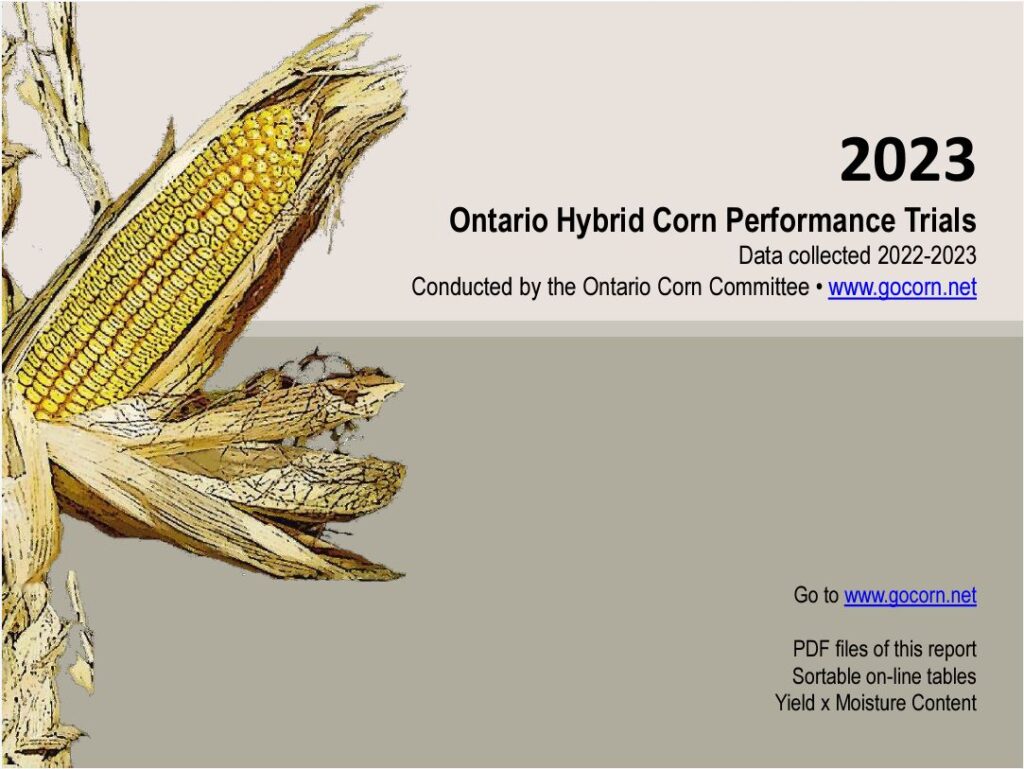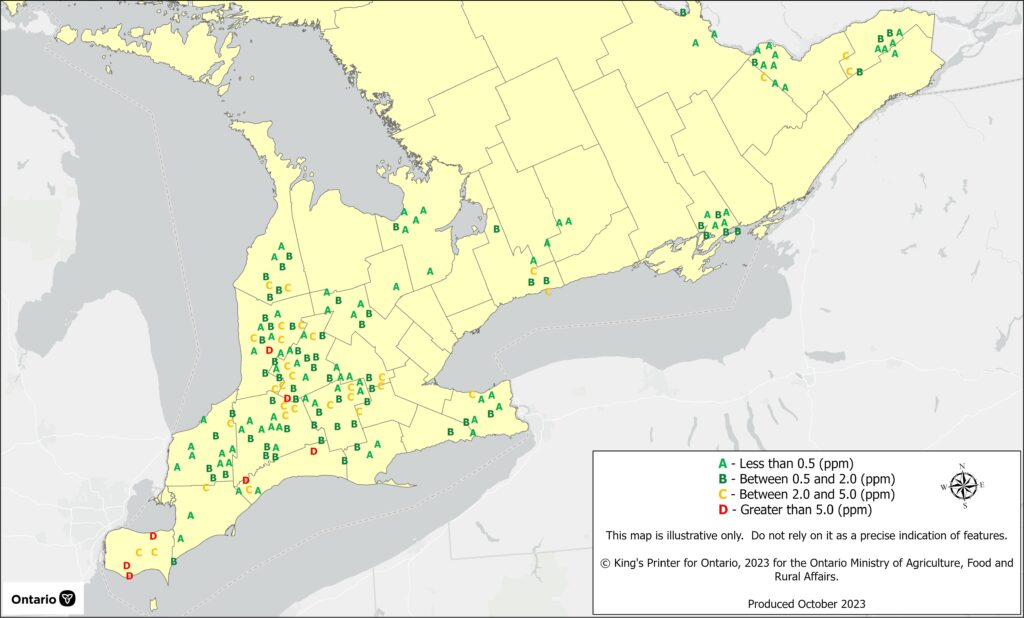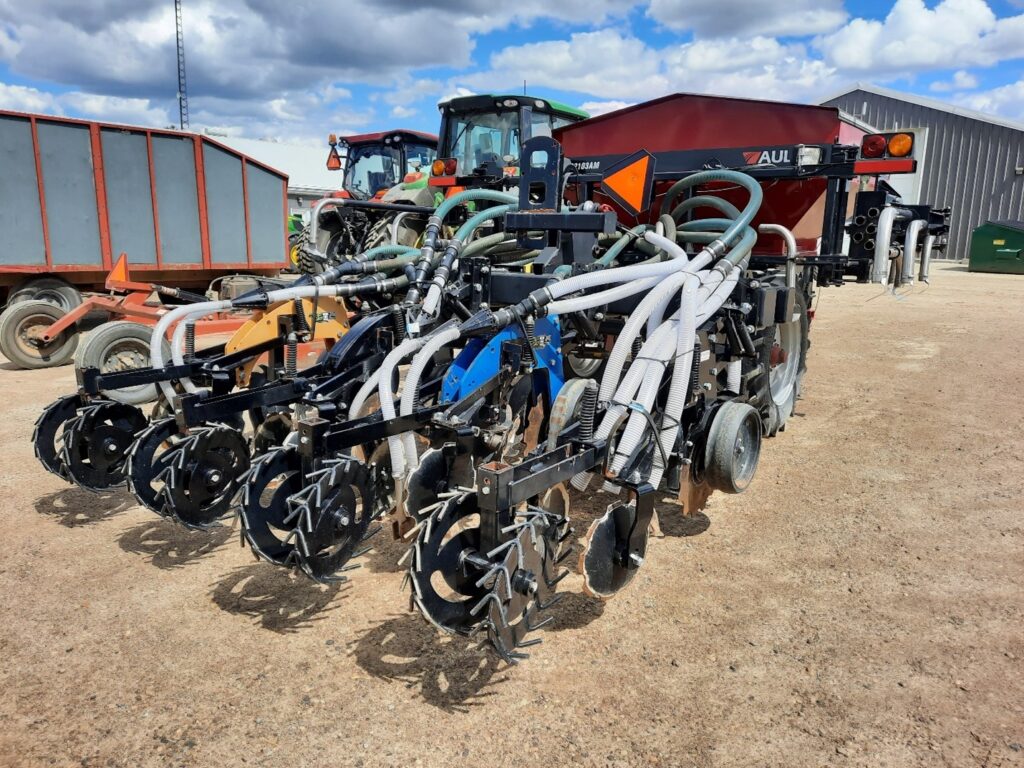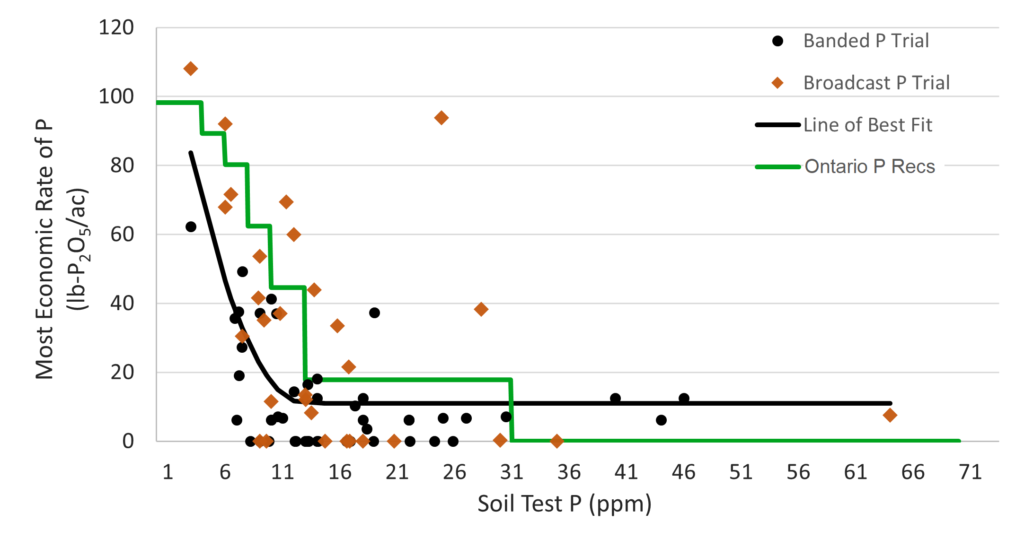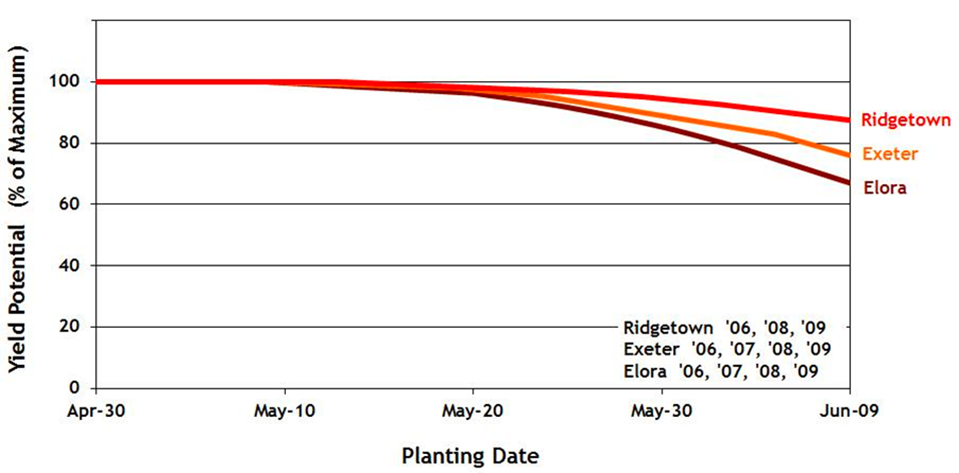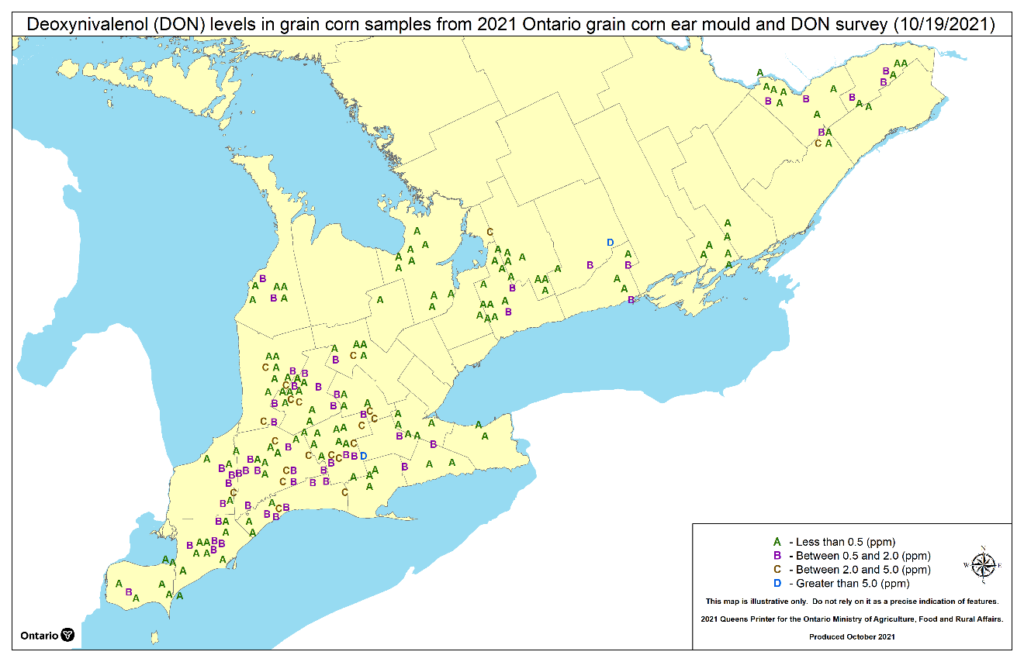Ontario Corn Nitrogen Calculator
The Ontario Corn Nitrogen Calculator can be accessed by clicking the icon below. (this is the same tool previously posted on gocorn.net) Simple Summary The Corn Nitrogen Calculator Ontario Corn Nitrogen recommendations are derived from the Ontario corn nitrogen database which contains over 40 years of Ontario corn nitrogen yield response data. Current recommendations were […]
